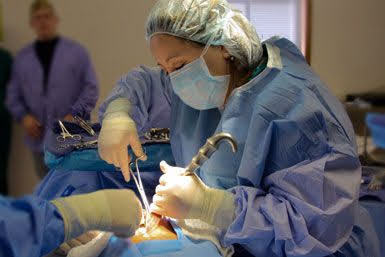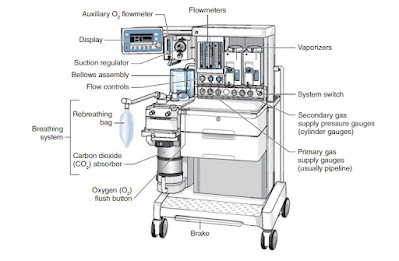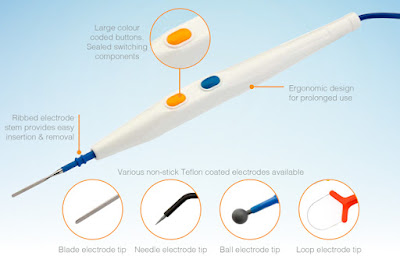What are different methods of sterilization?
What are different methods of sterilization?
Sterilization methods
Sterilization is the process of killing or eliminating all forms of microbial life, including bacteria, viruses, fungi, and spores. Here are some common methods of sterilization:

1. Autoclaving: It is a process of sterilization that involves subjecting items to high-pressure saturated steam. The autoclave is a sealed device (similar to a pressure cooker) that kills microorganisms using saturated steam under pressure . Autoclaves are commonly used in medical and laboratory settings to sterilize instruments, glassware, and other materials.
Process: Uses high-pressure steam at temperatures typically around 121-134°C (250-273°F). Applications: Commonly used for heat-resistant instruments and materials. Advantages: Effective, reliable, and economical. Limitations: Not suitable for heat-sensitive items.
2. Chemical sterilization: It is a process of sterilization that uses chemicals such as ethylene oxide or hydrogen peroxide gas to kill microorganisms. It is commonly used in healthcare settings to sterilize heat-sensitive equipment.
Process: Involves the use of chemical agents, such as glutaraldehyde or peracetic acid. Applications: Used for delicate instruments and devices that cannot withstand other sterilization methods. Advantages: Effective for certain applications and easy to use. Limitations: Requires thorough rinsing to remove chemical residues.
3. Radiation sterilization: It is a process of sterilization that uses ionizing radiation (such as gamma rays or X-rays) or non-ionizing radiation (such as ultraviolet light) to kill microorganisms. This method is commonly used to sterilize medical equipment, food products, and other materials.
Process: Removes microorganisms from liquids or gases using filters with specific pore sizes. Applications: Common in sterilizing heat-sensitive liquids and air. Advantages: Does not involve heat, preserving the integrity of heat-sensitive materials. Limitations: Not effective against viruses unless specialized filters are used.
4. Filtration: It is a process of sterilization that uses filters to remove bacteria and other microorganisms from a liquid or gas. This method is commonly used to sterilize liquids such as intravenous fluids and vaccines.
Types: Includes gamma radiation and electron beam (E-beam) sterilization. Applications: Often used for single-use medical devices and pharmaceuticals. Advantages: Effective for large-scale sterilization and can penetrate packaging. Limitations: Requires specialized facilities and equipment
5. Dry heat sterilization: It is a process of sterilization that uses dry heat to kill microorganisms. This method is commonly used to sterilize glassware, metal instruments, and other materials that can withstand high temperatures Heat is carried from its source to load by radiation, convention and to a small extent by conduction.
Process: Uses hot air that is free from moisture, typically at temperatures of 160-180°C (320-356°F) for extended periods. Applications: Suitable for metal instruments and glassware. Advantages: No moisture, which prevents rusting. Limitations: Longer cycle times and may not be suitable for all materials.
6. Ethylene Oxide (EtO) Sterilization
Process: Uses ethylene oxide gas at low temperatures to sterilize items.
Applications: Suitable for heat-sensitive instruments and complex devices.
Advantages: Penetrates packaging and kills a broad range of microorganisms.
Limitations: Longer cycle time and requires aeration to remove toxic residues.
.jpeg)
7. Hydrogen Peroxide Plasma Sterilization
Process: Involves vaporizing hydrogen peroxide, which then forms plasma to kill microorganisms.
Applications: Effective for heat-sensitive and moisture-sensitive instruments.
Advantages: Quick turnaround and environmentally friendly byproducts.
Limitations: Limited penetration in porous materials.
8. Boiling: It is a simple and effect method of sterilization that involves boiling items in water for a set period of time to kill microorganisms. It is commonly used in home settings to sterilize baby bottles, kitchen utensils, and other items.
It is important to note that not all methods of sterilization are suitable for all types of materials or microorganisms. The choice of sterilization method depends on the type of material being sterilized, the type of microorganisms present, and the intended use of the sterilized material.
.jpeg)
.jpeg)
.jpeg)
.jpeg)
.jpeg)


